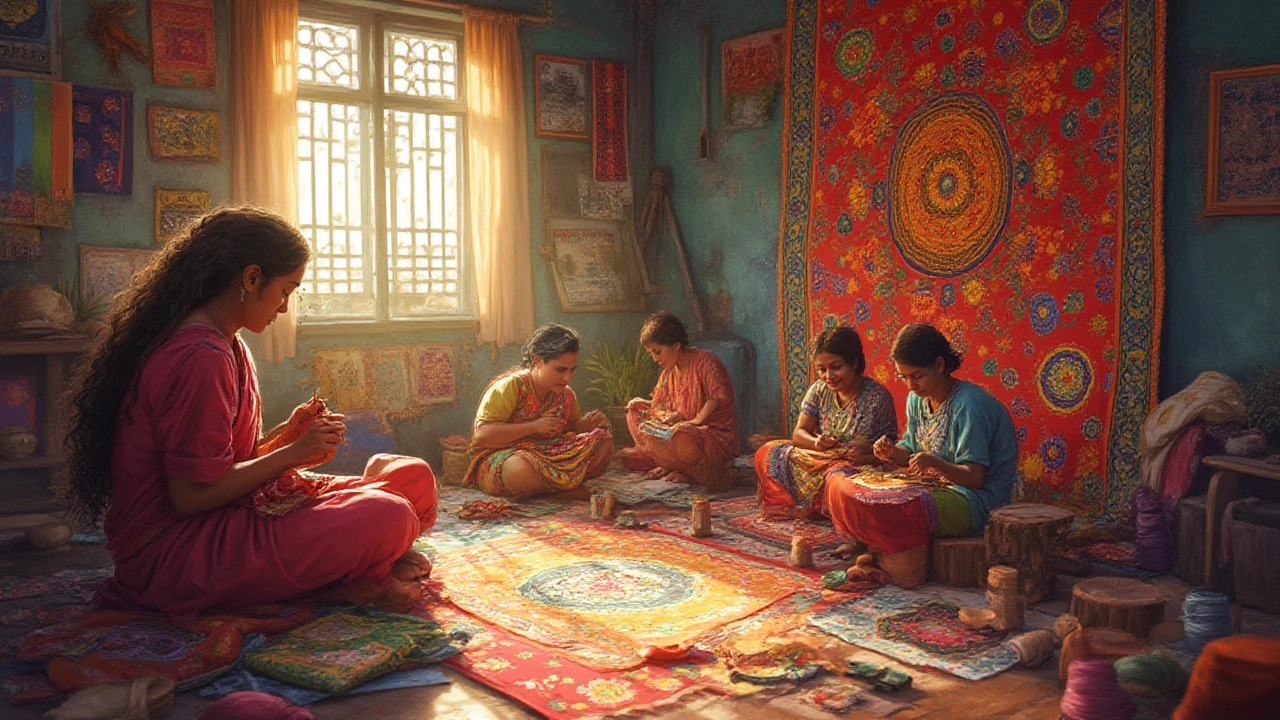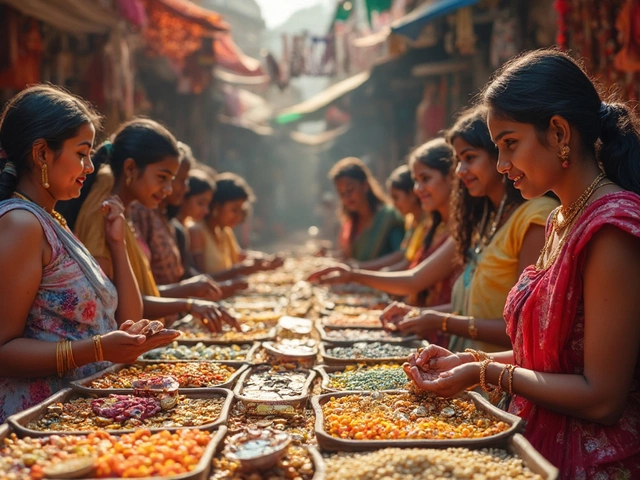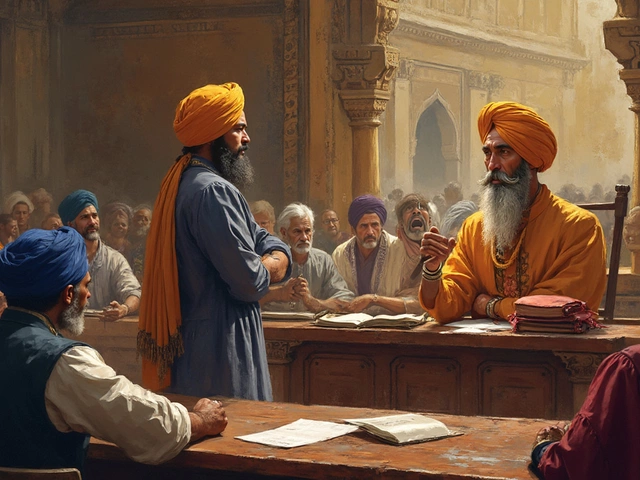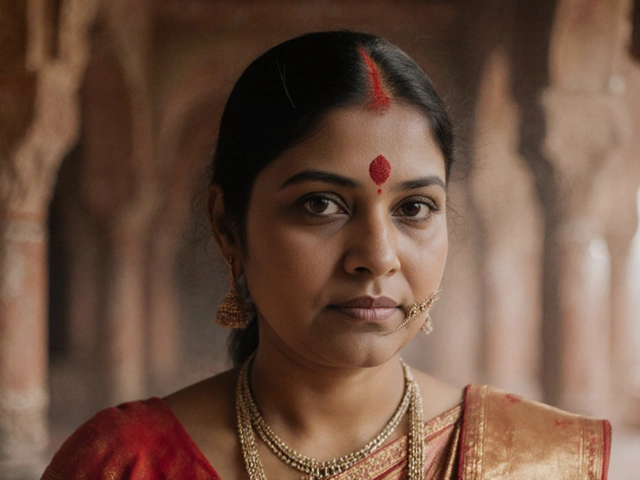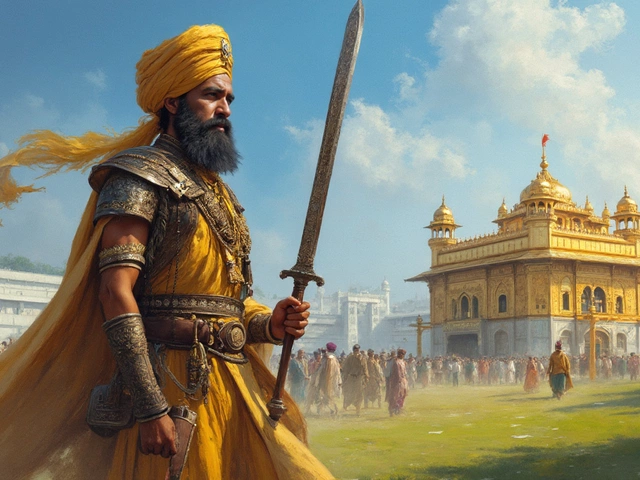Traditional Textiles: How to Pick, Care for, and Love Indian Fabrics
When you hear the word “textile” in India, you probably picture colorful saris, soft pashmina shawls, or hand‑embroidered kantha blankets. Those pieces aren’t just clothes – they’re stories woven into cotton, silk, and wool. If you want something that feels great, looks authentic, and lasts, you need a quick guide that cuts through the hype.
Know Your Fabric Types and When They Work Best
Cotton is the go‑to for hot, humid days. It’s breathable, easy to wash, and pairs well with any Indian outfit, from casual kurta‑pajamas to festive kurtas. Look for hand‑loom cotton if you love a bit of texture; it cools better than machine‑made versions.
Silk steps in for evenings, weddings, and special occasions. Mulberry silk feels smooth and shines under lights, while the more affordable Tussar and Eri silks add a natural matte look. Remember, silk hates water, so dry‑clean or hand‑wash in cold water with a gentle detergent.
Kantha and Nakshi Kantha are embroidered blankets from Bengal. They’re made from layered cotton or silk with simple stitch patterns that tell family stories. Use them as shawls, cover‑ups, or even wall hangings – they bring a rustic vibe without the high price of pure silk.
Pashmina and high‑end cashmere are the luxury tier. A genuine Pashmina will feel feather‑light yet warm, perfect for winter gatherings. Because it’s pricey, keep it stored in a breathable bag and avoid direct sunlight.
Practical Tips for Buying and Caring for Traditional Textiles
First, check the label. A clear hallmark like “100% cotton” or “pure silk” is a good sign. If you’re eyeing hand‑loom items, ask the seller about the yarn count – higher counts mean finer, softer fabric.
Second, feel the weight. Heavy fabrics usually indicate a higher thread count, which translates to durability. Light, airy pieces are better for summer events.
Third, test the colour. Traditional dyes can fade if washed incorrectly. Spot‑test a hidden area with water; if the colour bleeds, opt for a fabric with a synthetic finish or be ready to hand‑wash gently.
When it comes to care, less is more. Hand‑wash cotton and silk in cold water, lay flat to dry, and store folded rather than hanging to avoid stretching. For kantha blankets, a mild soap and a soft brush keep the embroidery intact.
Finally, understand price drivers. Silk from Mysore or Kolhapur, genuine Pashmina from Kashmir, and hand‑loom cotton from the Varanasi region command higher prices because of the skill involved. If your budget is tight, look for blended fabrics – they give a similar look with a friendlier price tag.
By knowing the basics – what each fabric does, how to spot quality, and how to keep it looking fresh – you’ll stop guessing and start enjoying Indian traditional textiles for real. Whether you’re dressing up for Diwali or just need a comfy kurta for work, the right fabric makes all the difference.
Sujni vs Kantha: Key Differences in Indian Embroidered Textiles
Confused about sujni and kantha embroidery? Explore the origin, stitch techniques, stories, and modern uses to understand the real difference between these handcrafted wonders.
